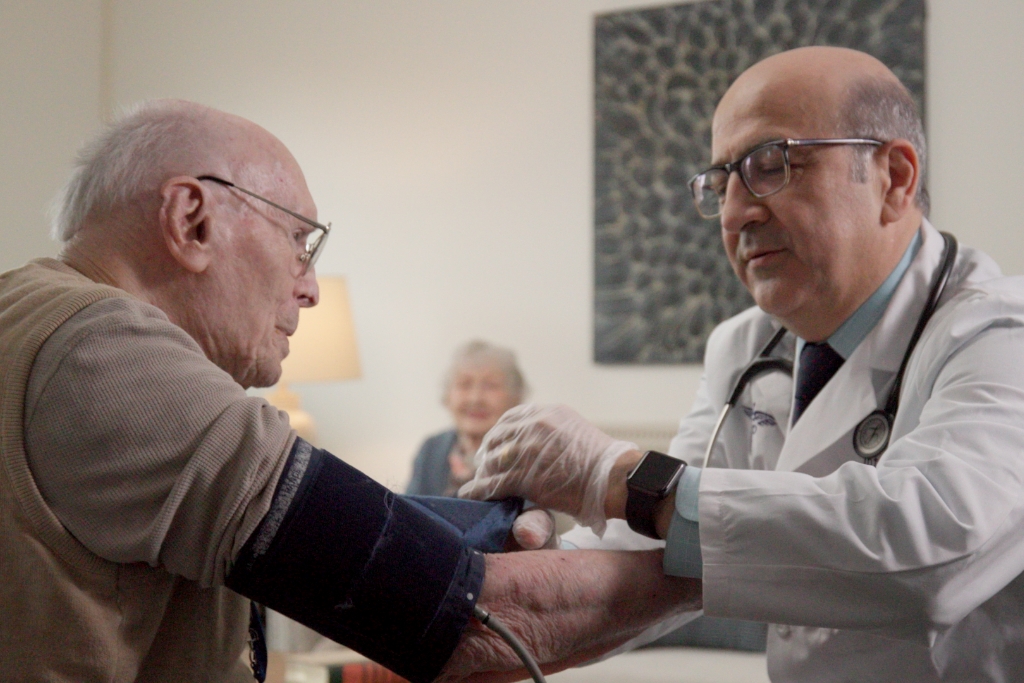
As our loved ones age, it’s common for them to experience physical limitations and challenges that impact their quality of life. Whether it’s due to the natural aging process or a chronic condition or injury, these changes can affect their ability to independently perform everyday tasks and activities.
When facing such challenges, physical therapy and occupational therapy are two common rehabilitation options. Either therapy—or a combination of the two—can help seniors regain their independence and improve their overall well-being.
But how do you choose between them? What is occupational therapy vs. physical therapy?
Let’s explore the differences between physical therapy and occupational therapy. We’ll also provide some factors to consider so you can make the right choice for your loved one.
Occupational Therapy vs. Physical Therapy
What is Physical Therapy?
Physical therapy (PT) focuses on improving physical function and mobility. It is typically recommended for those who have physical limitations due to injury, surgery, or a medical condition.
For older adults who are recovering from surgery, managing chronic pain, or rehabilitating after a stroke or a fall, PT can be very beneficial.
Physical therapists are trained to assess and treat a wide range of conditions, including musculoskeletal, neurological, and cardiovascular issues. They use various techniques, exercises, and modalities to improve strength, flexibility, balance, endurance, and coordination.
What is Occupational Therapy?
On the other hand, occupational therapy (OT) focuses on helping individuals perform everyday activities that are essential for their daily life. These activities, or “occupations,” include dressing, bathing, eating, and managing household tasks.
For seniors, occupational therapy can be beneficial if they are struggling with activities of daily living (ADLs) and self-care tasks, managing a chronic illness, or dealing with changing physical or cognitive abilities.
Occupational therapists are trained to assess and address physical, cognitive, and emotional aspects that may impact one’s ability to carry out these activities. They may recommend modifications to the environment or use adaptive equipment to promote independence and safety.
Learn About Brentwood’s Rehabilitation Services
Factors to Consider
When deciding between physical therapy and occupational therapy for your loved one, it’s important to consider their own specific needs, goals, and preferences.
Here are some key factors to consider.
- Functional Goals
Physical therapy may be more appropriate if your loved one’s main goal is to improve physical function. This is common when it comes to regaining strength or mobility after surgery or injury.
Occupational therapy may be more suitable if your loved one’s primary goal is to maintain or improve their ability to perform daily activities on their own.
- Medical Conditions
Take into consideration your loved one’s medical conditions and how they affect their daily life.
If they have a musculoskeletal or neurological condition, physical therapy may be the way to go. However, if they have difficulty with self-care tasks or managing a chronic illness, occupational therapy may be more appropriate.
- Home Environment
Take into account your loved one’s living situation and the challenges they may face in their home environment.
Do they need modifications to their home or require adaptive equipment to perform daily activities? If so, occupational therapy may be helpful. Or, if their main challenge is physical mobility, physical therapy could be a better fit.
- Cognitive Function
Consider your loved one’s cognitive abilities. How do they impact their ability to perform daily activities?
If they have cognitive impairments, such as dementia or Alzheimer’s disease, occupational therapy may focus on strategies to improve their ability to safely manage daily tasks. If cognitive function is not a primary concern, physical therapy may be more appropriate.
- Personal Preferences
Finally, consider your loved one’s personal preferences and comfort level with different types of therapy.
Some individuals may prefer the hands-on approach of physical therapy. Yet others may feel more comfortable with the functional focus of occupational therapy.
It’s important to include your loved one in the decision-making process and to respect their preferences.
Next Steps
Choosing physical therapy vs. occupational therapy for your loved one requires careful consideration. It needs to be tailored to their needs.
Both physical therapy and occupational therapy can be highly beneficial for older adults. A combination of the two is often recommended for comprehensive care. Collaborating with healthcare professionals can provide guidance in making the right choice.
At Brentwood, we can help guide you and your family to the right choice.
We offer a full range of rehabilitation services including physical, occupational, and speech therapies. We develop a personalized rehab program for each patient based on their specific needs.
Contact us today to learn more.



